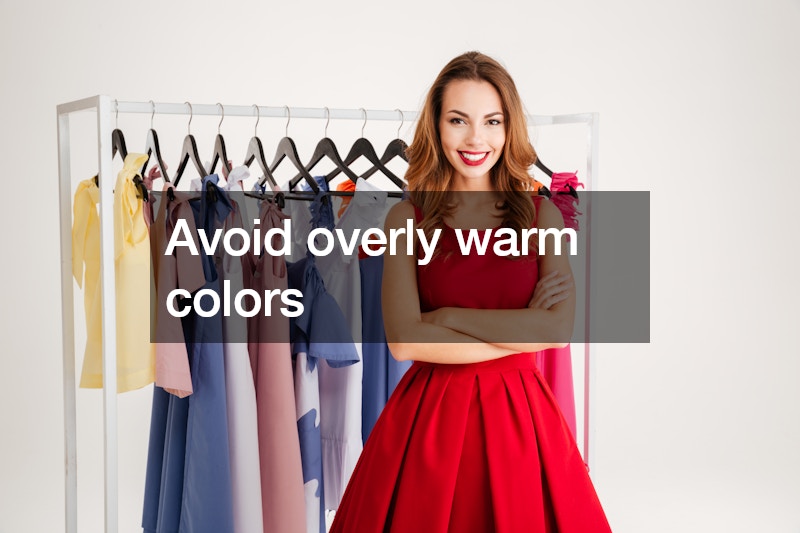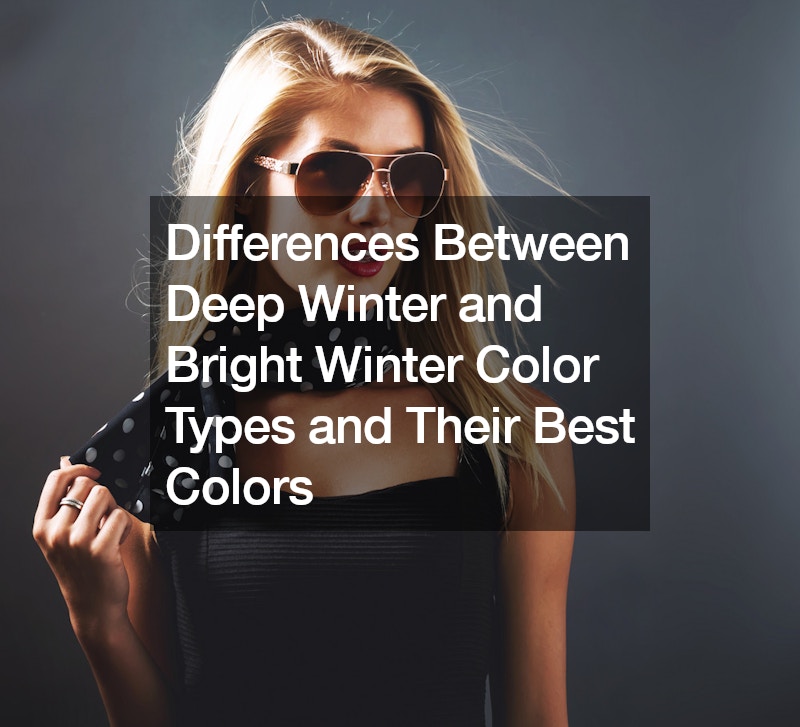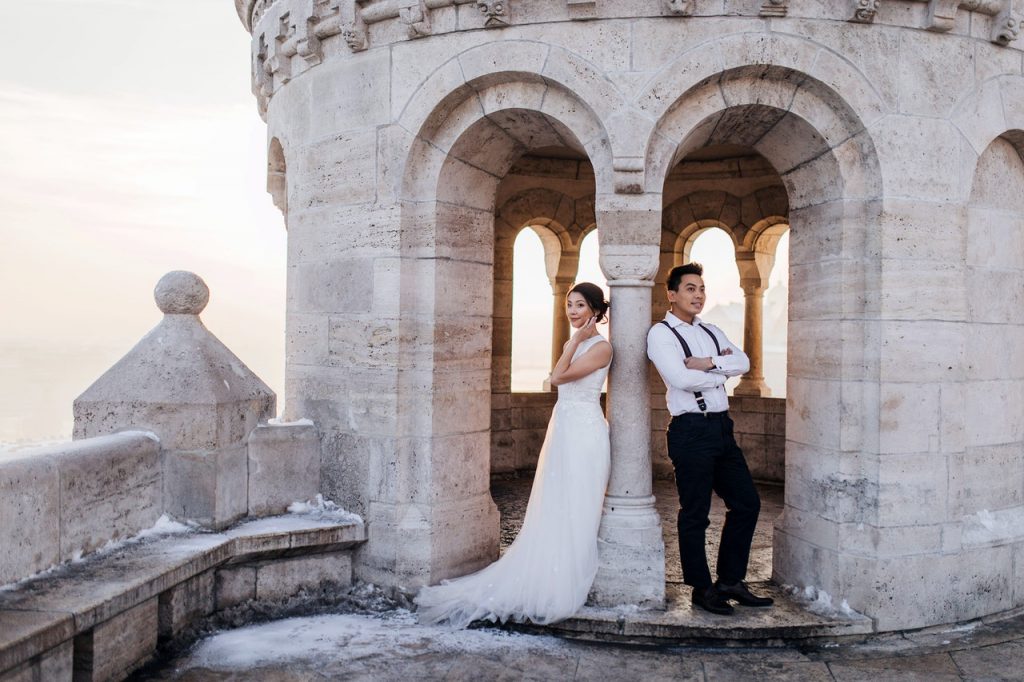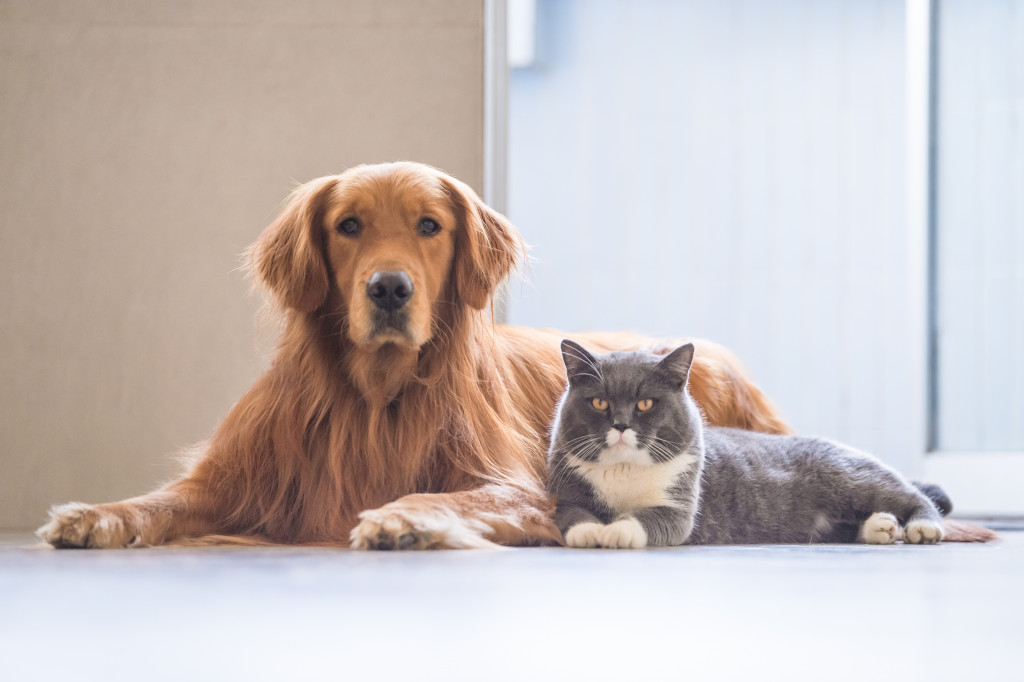Color analysis helps individuals determine the best shades to complement their natural appearance. Among the various seasonal color palettes, Winter is one of the most striking and diverse. Within this season, there are two distinct subtypes: Deep Winter and Bright Winter. Understanding the differences between these color types and knowing which colors enhance each can greatly improve one’s style and confidence.
Winter Color Types Overview
Winter color types are characterized by their high contrast and cool undertones. These individuals often have dark hair, bright eyes, and porcelain skin.
Their natural features are striking and easily noticeable, making them stand out in a crowd. Winter types need colors that match this vivid contrast to highlight their natural beauty.
Bright Winter
Bright Winter individuals have a high contrast appearance with a cool undertone. Their skin tone can range from pale porcelain to a darker shade, always with a dense, slightly bluish undertone. Blush and freckles are rare but, if present, are barely noticeable. The eyes of Bright Winters are clear, bright, and highly saturated, whether they are brown, green, or blue. Their hair is usually dark, almost black, though naturally blonde Bright Winters are extremely rare.
The primary characteristic of the Bright Winter color type is brightness and vividness. This subtype is on the border with the Bright Spring palette, allowing them to wear some warm, saturated spring colors without altering their appearance. Bright Winter’s optimal colors are those that are clear, clean, and piercing. Bright reds, icy blues, and pure whites are excellent choices that complement their natural high contrast. On the contrary, dull pastels and muted shades can make them appear washed out.
Deep Winter
Deep Winter, also known as the dark winter palette, is defined by rich, intense colors. This type is on the border with the autumn palette, which introduces a slight warmth to their otherwise cool and saturated colors. Deep Winters have a strong contrast in their appearance, similar to Bright Winters, but their overall look is slightly more subdued and calm.
Deep Winter individuals often have dark hair and eyes, with skin tones ranging from fair to dark, always maintaining a cool undertone. The eyes are typically deep and intense, such as dark brown or blue. This subtype can sometimes incorporate some autumn colors due to their position on the seasonal border. For example, deep forest greens, burgundy, and dark chocolate brown can enhance their appearance without clashing with their natural coloring.
Clothing and Makeup Tips
For both Bright Winter and Deep Winter, selecting the right colors for clothing and makeup is essential to enhance their natural features. Here are some tips for each subtype:
Bright Winter Clothing and Makeup
- Bright, Saturated Colors: Bright Winter types should choose colors that are vivid and lively. Bright red, cobalt blue, emerald green, and pure white are excellent choices. These colors match the high contrast of their natural appearance.
- Avoid Dull Pastels: Soft, muted pastels can make Bright Winters look washed out and dull. Instead, they should opt for clear, vibrant shades.
- Contrast Near the Face: When selecting makeup or clothing items that will be near the face, such as lipstick or scarves, it is crucial to choose colors that create a strong contrast with the skin. Bright red lipstick, for instance, can create a striking harmony with their appearance.
- Limited Warm Shades: While Bright Winters can pull off some warm, bright colors from the Bright Spring palette, they should be cautious with these shades. It’s best to use these colors sparingly and always with a high contrast.
Deep Winter Clothing and Makeup
- Rich, Deep Colors: Deep Winter types look best in intense, rich colors that reflect their dark winter palette. Deep blues, forest greens, burgundy, and dark chocolate brown are ideal. These shades enhance their natural contrast and depth.
- Cool Undertones: Like Bright Winters, Deep Winters should stick to colors with cool undertones. Even when incorporating some autumn colors, it’s essential to ensure they are deep and rich rather than warm and muted.
- Contrasting Accessories: Deep Winter individuals can use accessories in bright, contrasting colors to add interest to their outfits. For example, a deep green dress paired with a bright red scarf can create a visually appealing contrast.
- Careful with Warm Shades: Due to their proximity to the autumn palette, Deep Winters can incorporate some warm shades cautiously. However, they should avoid overly warm colors like bright orange or yellow, which can clash with their cool undertones.
General Advice
Winter types, whether Bright or Deep, benefit from choosing colors that reflect their high contrast and vivid appearance. Black and white are universal colors for both subtypes, providing a stark contrast that complements their natural features.
Experimenting with color can be fun, but it’s essential to avoid shades that dull the complexion or create an imbalance. Bright Winters should steer clear of muted pastels, while Deep Winters should be cautious with overly warm colors. By sticking to their optimal palettes and using contrasting colors strategically, both Bright and Deep Winter individuals can enhance their natural beauty and make a lasting impression.
.








